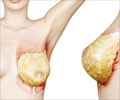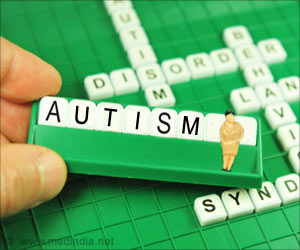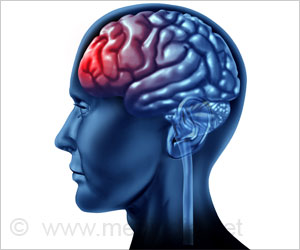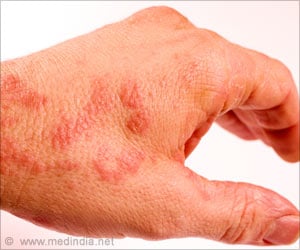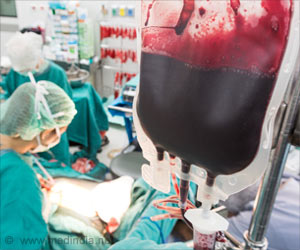Adolescent boys with gynecomastia (male breast enlargement) do not require laboratory tests to measure hormone levels.

‘Laboratory tests to measure hormone levels and routine assessment by an endocrinologist are not necessary for most teens with gynecomastia (male breast enlargement).’





Lab Tests Contribute Little to Gynecomastia Diagnosis and Treatment in TeensThe researchers analyzed 197 adolescents with gynecomastia seen at British Columbia Children's Hospital from 1990 through 2015. Although adolescent gynecomastia is a common issue that usually resolves with time, it has been standard practice to send these teens for evaluation by an endocrinologist: a specialist in diseases of the glands and hormones.
Median age was 11.5 years when the patients developed gynecomastia and 14.2 years at their first endocrinology visit. About 70 percent of patients had psychological distress due to their breast enlargement. The study focused on the "utility and diagnostic yield" of routine endocrinology assessment and hormone laboratory testing.
Most patients had known risk factors for adolescent gynecomastia - especially obesity/overweight, present in about 50 percent of patients. Another 15 percent had a family history suggesting an increased risk of gynecomastia, such as the father having breast enlargement as an adolescent.
In only eight percent of patients, some "secondary" cause of gynecomastia was diagnosed. Most of these involved drugs linked to male breast enlargement, including marijuana, the antidepressant drug fluoxetine, or anti-seizure drugs used to treat epilepsy. Some patients had medical causes of breast enlargement - most commonly (three patients) the inherited chromosomal disorder Klinefelter syndrome.
Advertisement
Despite their low diagnostic value, these evaluations carried considerable costs. Based on ASPS data on breast reduction surgery for adolescent gynecomastia, a rough estimate of these costs was nearly $5 million for in 2016 alone. The authors note that unnecessary endocrinology referrals may carry an additional opportunity cost in Canada, where patients may face long waiting lists for specialist visits.
Advertisement
Since breast enlargement often resolves with time, "reassurance and monitoring is the mainstay of early management," Dr. Arneja and coauthors write. They suggest that surgery is considered if gynecomastia has persisted for two years or beyond the age of 16, or for patients who are severely distressed.
Dr. Arneja and colleagues discuss the implications for evaluation and management of adolescents with gynecomastia. They highlight the importance of obtaining a thorough medical history - especially since most cases of secondary gynecomastia are medication-related. They conclude, "We do not suggest routine endocrinology workup, as it adds little value."
Source-Eurekalert


